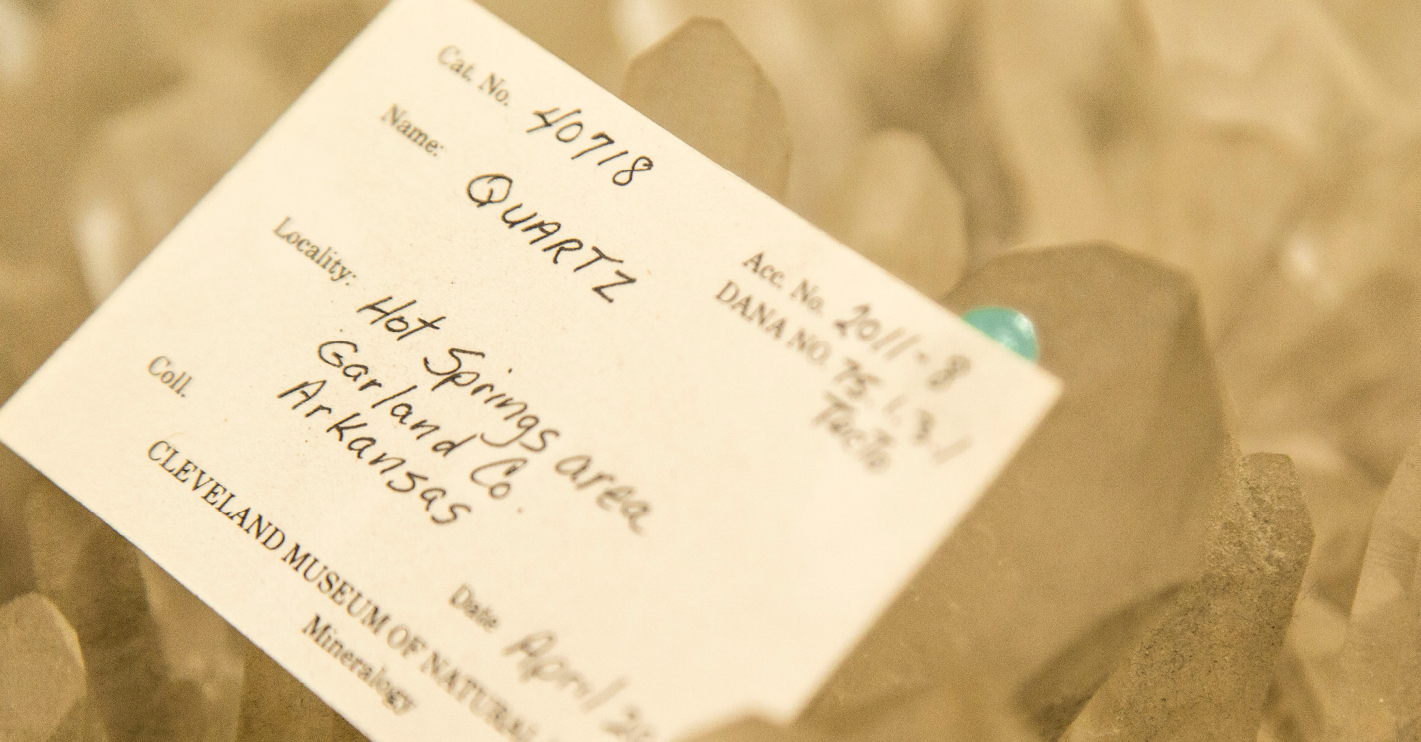
According to the Manual of Mineralogy, a foundational textbook by Cornelius Hurlbut and Cornelius Klein, “A mineral is a naturally occurring homogeneous solid with a definite (but not generally fixed) chemical composition and an ordered atomic arrangement.”
Minerals are sought after for their economic value, which is based on society’s need for the chemical elements contained within them. For example: Iron (Fe) found in Hematite Fe2O3, or Copper (Cu) found in Malachite Cu2CO3.
After numerous attempts by geologists to classify minerals, they were inevitably grouped according to the presence of only their major chemical component. Then in the middle of the nineteenth century, American geologist, mineralogist and zoologist
James Dwight Dana, created the classification system that is still used today, known as Dana’s System of Mineralogy.
Dana’s System systematically arranged the 352 mineral species known at the time first by their chemistry (elements, halides, sulfides, silicates, etc.), and then by their atomic structure or symmetry of the atomic arrangement. He published his list in 1837 in
A System of Mineralogy. It has subsequently been revised and republished several times, notably in the three-volume set released between 1944 and 1962 as the seventh edition.
Dana was born in Utica, New York, in 1813 and died in 1895. Among his many achievements and honors were the Copley gold medal from the Royal Society of London, presidency of the American Association for the Advancement of Science, and serving as associate editor of the
American Journal of Science and Arts. In December 1836, he was appointed mineralogist and geologist to the U.S. Exploring Expedition and sent by the government of the United States to the Southern and Pacific oceans. In 1850, he was appointed Silliman Professor of Natural History and Geology at Yale College. It was at that time he published
A System of Mineralogy.
Collections arranged by Dana’s System are referred to as “systematic collections,” and when examples are stored or exhibited next to each other they show subtle changes of color as the dominant chemical component changes in one sample to the next. Like a pictorial textbook of mineralogy laid out before you, systematic collections are visual representations of the chemical properties of the specimens.